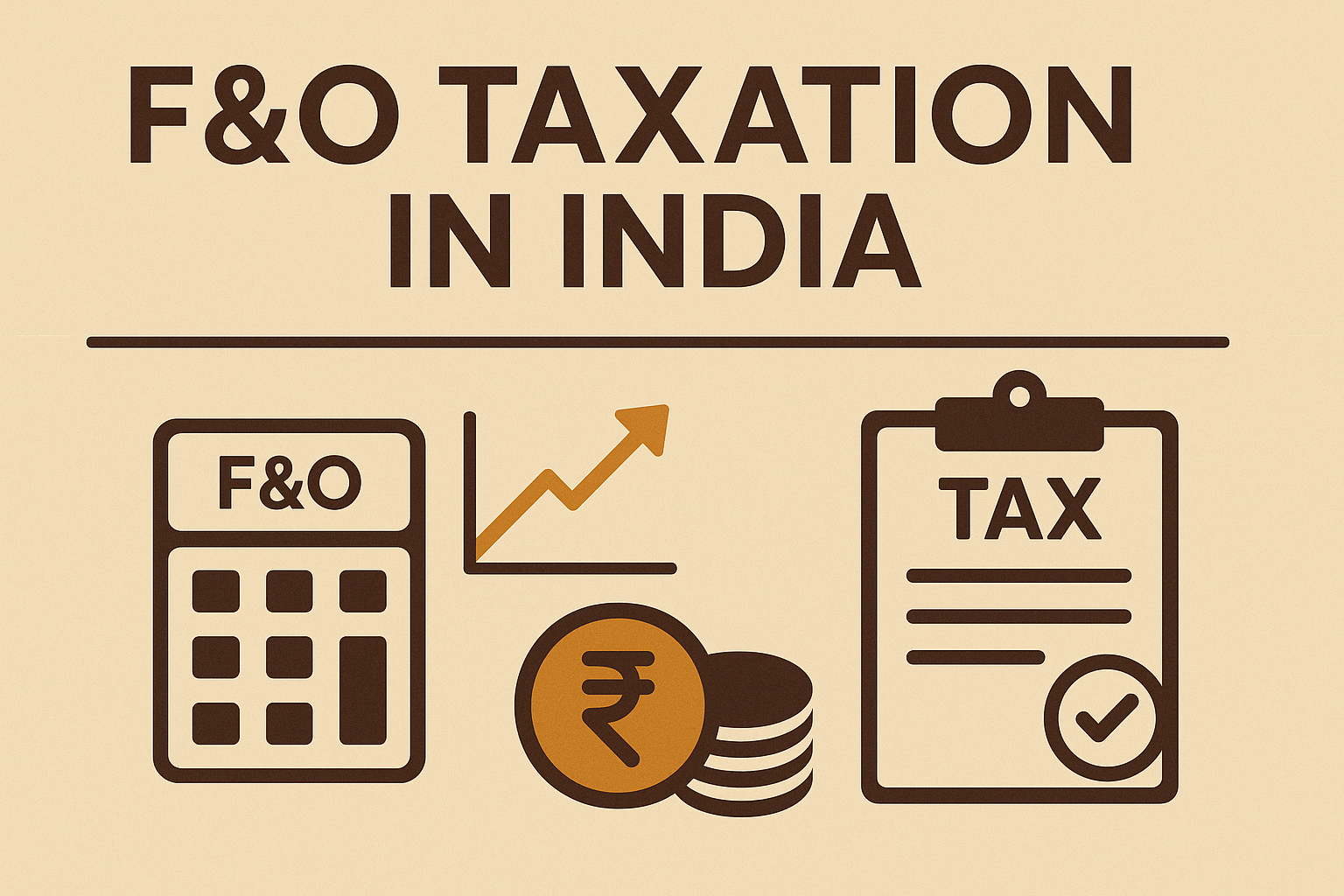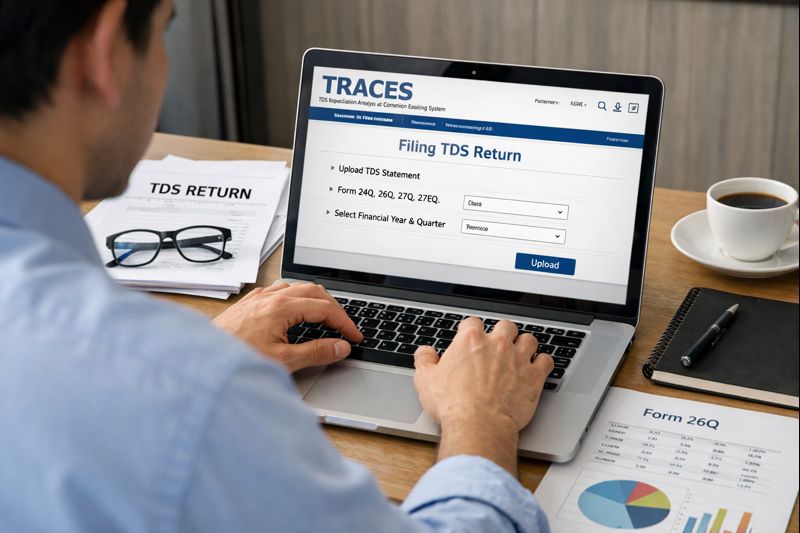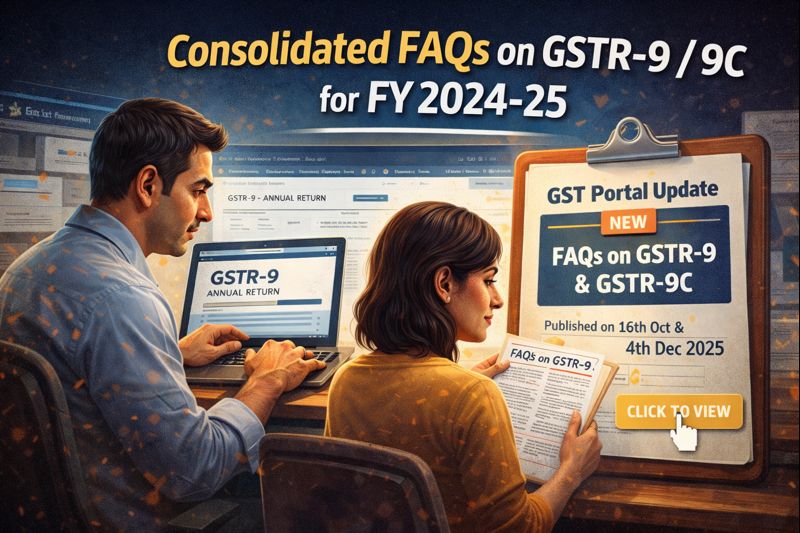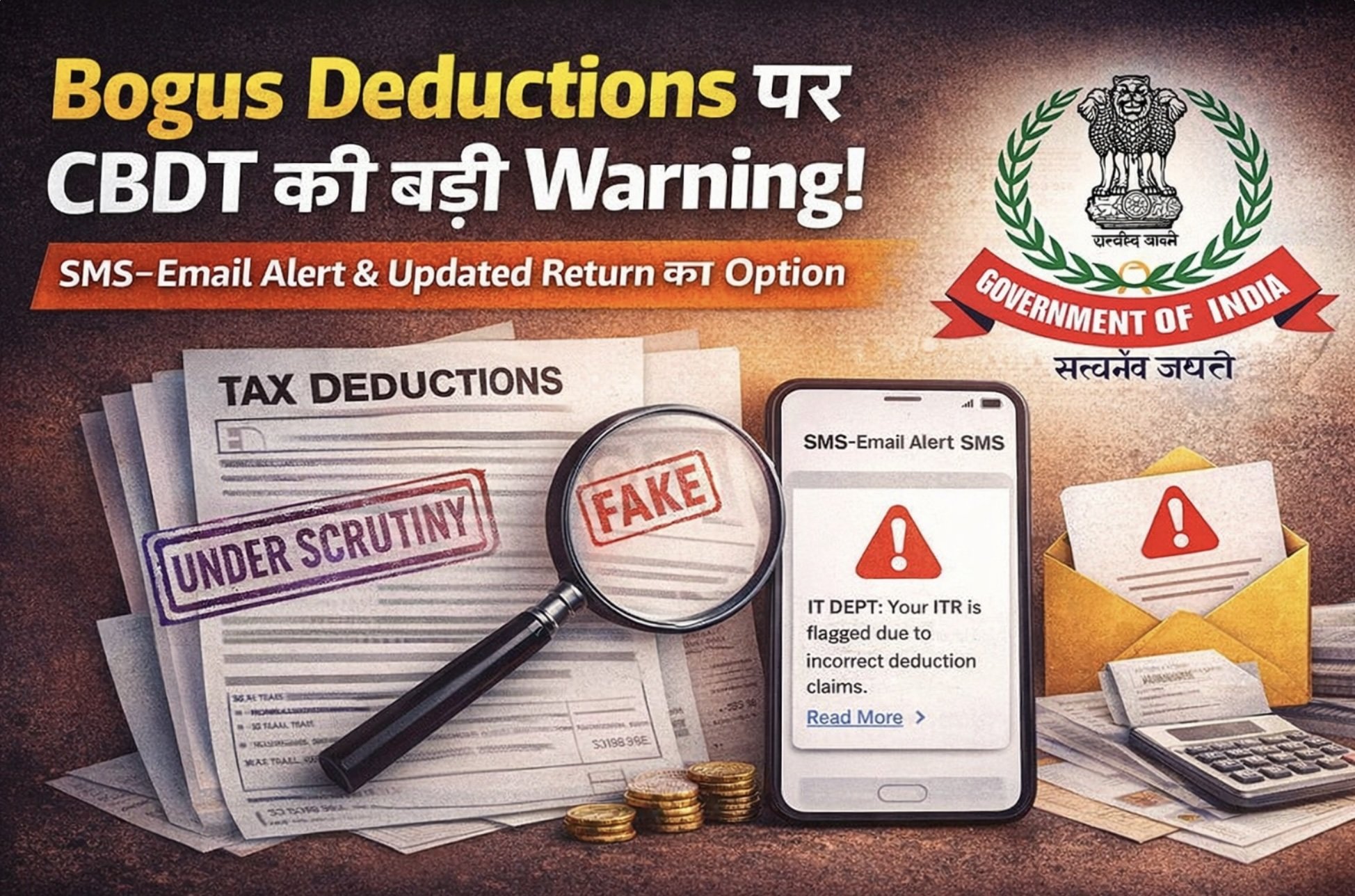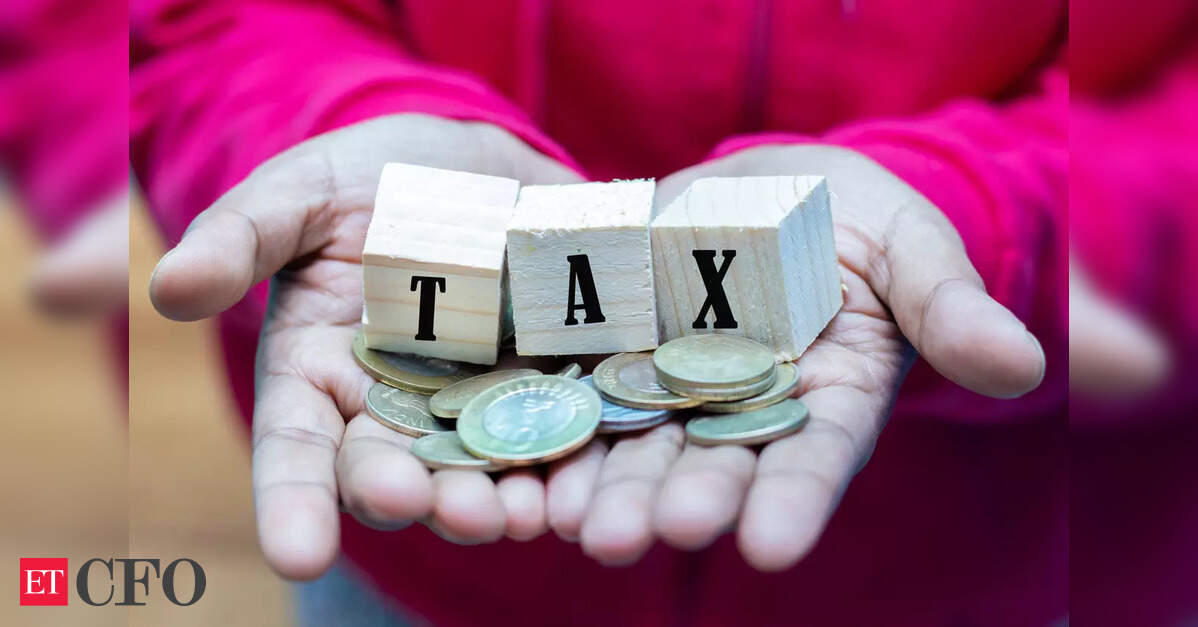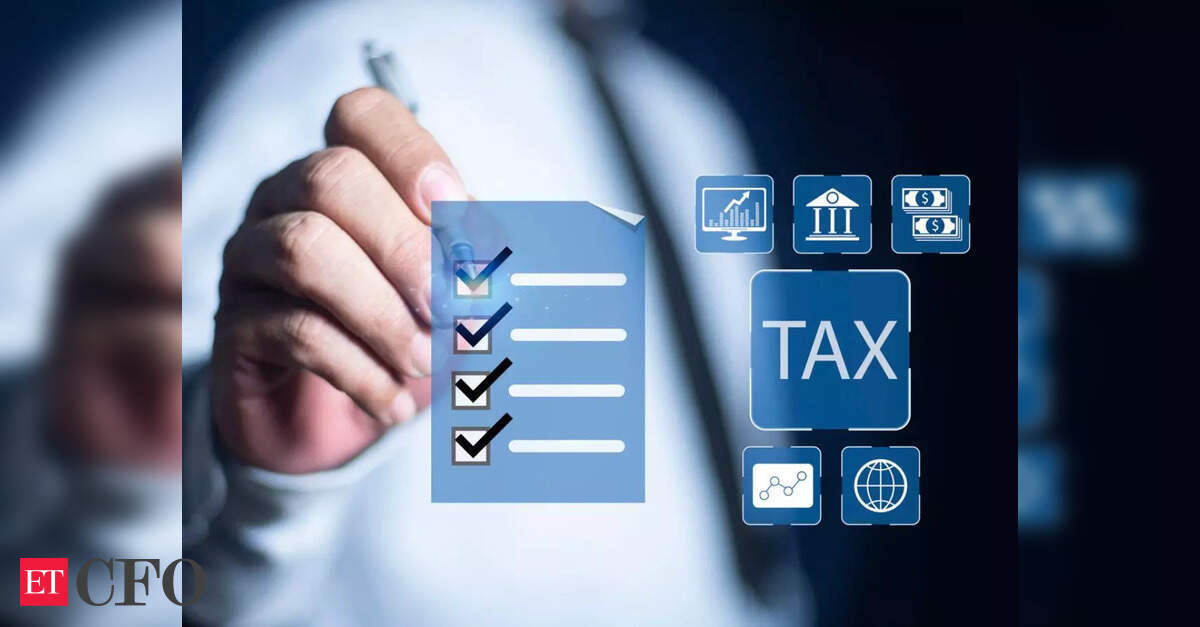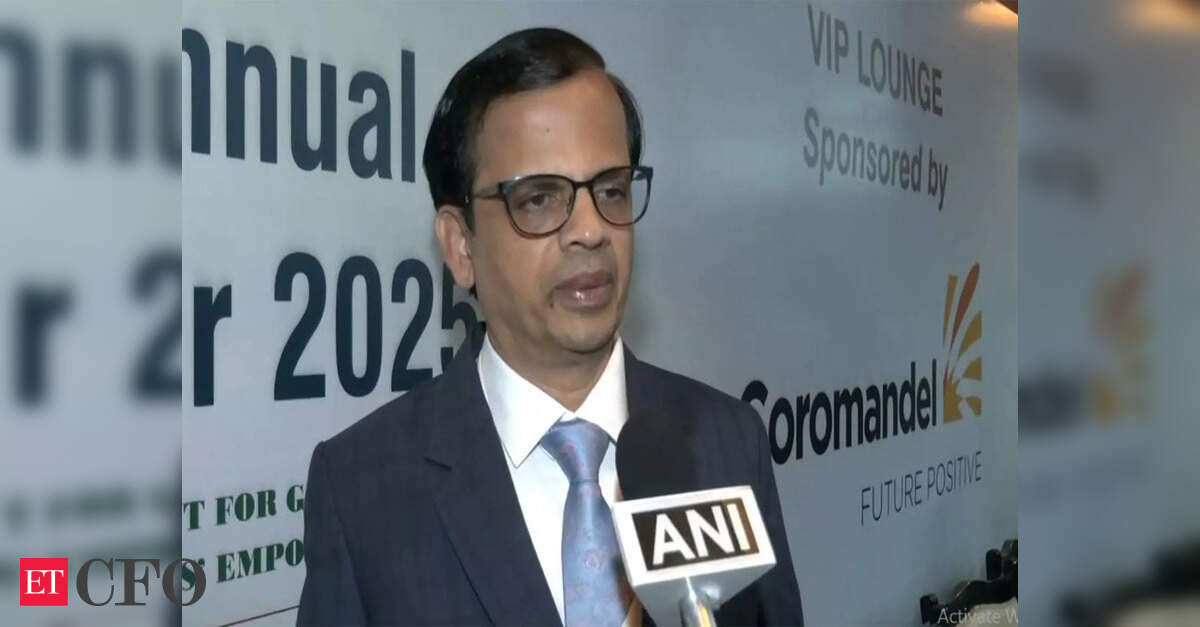1. Quick primer — what are futures and options?
- Futures are standardized contracts to buy or sell an underlying (stock, index, commodity, currency) at a pre-agreed price on a specified future date. They obligate both buyer and seller (unless squared off).
- Options give the buyer the right (not obligation) to buy/sell the underlying at a strike price; the seller (writer) has the obligation if the buyer exercises.
- Traders use F&O for hedging (protecting exposure), speculation (betting on price movement) and arbitrage (price differences across markets).
(These mechanics determine how P&L arises and therefore how tax rules are applied.)
2. How Income from F&O is classified for income-tax
- For income-tax purposes in India, profits and losses from F&O trading are treated as business income — specifically non-speculative business income (i.e., not “speculative business” as in intraday equity delivery/speculative betting rules). This means F&O P&L is reported under Profits & Gains from Business or Profession (PGBP).
Why this matters: Business income rules (not capital-gains rules or speculative loss rules) determine how you:
- compute turnover for audit thresholds,
- claim expenses/deductions,
- carry forward losses and set them off later.
3. Turnover / “business turnover” for F&O — how to compute (why it’s important)
Tax / audit rules use a special “trading turnover” concept for market traders (different from literal buy×sell value):
- Futures: turnover = sum of absolute value of profits and losses on each futures trade (i.e., add absolute favourable and unfavourable differences).
- Options: turnover = sum of absolute profits & losses (i.e., add absolute favourable and unfavourable differences).
- Total F&O turnover = futures turnover + options turnover.
Why turnover matters: it determines whether you need a tax audit (see below) and whether presumptive taxation may be available.
4. Tax audit & presumptive taxation — what to watch for
- Tax audit (Section 44AB): A business is subject to tax audit if turnover/gross receipts exceed certain thresholds or other conditions apply. For traders, commonly quoted triggers:
- Turnover > ₹10 crore — audit required
- If you opt for presumptive taxation under Section 44AD (business turnover ≤ ₹2 crore and you declare the minimum prescribed profit %) then special rules apply — otherwise an audit may be required if your declared profit is below the prescribed percentage (e.g., <6%/8% depending on digital receipts).
- Note: applicability of 44AD for trading businesses is technical — many traders avoid it because it can deny accurate loss recognition and invites scrutiny.
Practical tip: Most active F&O traders report under regular business (ITR-3) with books and P&L, unless they deliberately and safely fit 44AD conditions — consult your CA before choosing presumptive route.
5. Rates & other transaction taxes (STT) that affect net cost
- Securities Transaction Tax (STT) applies on certain exchange trades (including sale of futures and sale of options). In recent budgets the STT on F&O was increased (futures to 0.02% and options to 0.1% on the sell side) — this raises trading costs and affects net return and allowable expenses calculation.
- STT paid is an allowable business expense for traders (if treated as business income).
6. What expenses are deductible against F&O business income?
When F&O is business income, you can deduct expenses that are wholly and exclusively incurred for the business, for example:
- Brokerage, exchange transaction charges, clearing charges, stamp duty and STT (if treated as business expense), and other trading fees.
- Internet, phone, subscription fees for data/terminals, software / platform fees, office rent (proportionate), depreciation on computer/laptop/phone used for trading, professional / accounting fees, and bank charges.
Keep supporting documents — brokers’ contract notes, bank statements, invoices and depreciation schedules — because audits and notices often ask for these.
7. Losses, set-off and carry forward rules (very important)
- Non-speculative business losses (F&O): can be set off against other business income in the same year (subject to normal rules) and, if unabsorbed, carried forward for 8 assessment years to be set off against future business income. This is a key benefit: legitimate F&O losses are not wasted — they can reduce future taxable business profits.
- Speculative business loss (separate head) has stricter rules — it can be set off only against speculative income and carried forward for 4 years.
- (Remember: F&O is generally non-speculative, so this stricter rule usually doesn’t apply.)
8. ITR form, reporting & compliance
- ITR selection: If you have F&O income reported as business income, you typically file ITR-3 (or ITR-4 Sugam if you use presumptive regime and meet criteria).
- New ITR updates introduced profession/business codes for F&O traders (ITR-3/4 codes etc.) — ensure you use the correct code.
- Records to maintain: contract notes, margin statements, P&L ledger, bank statements, bills for expenses, depreciation schedules, supporting docs for STT/charges.
- Timing: file ITR on time — if audit applies, you have different deadlines. If you miss the ITR due date, you may lose the benefit to carry forward losses.
9. Common practical issues & traps
- Turnover mismatch: Broker statements show trade value, Mis-computing turnover can wrongly trigger an audit. Use broker tax reports and reconcile.
- Presumptive tax pitfalls: Opting for 44AD without checking conditions can be risky — it can limit set-offs or lead to later notices.
- Mixing incomes: If you have salary + trading losses, remember non-speculative business loss cannot be set off against salary; but it can reduce other business income or be carried forward.
- STT treatment: STT is a transaction cost — ensure it’s correctly accounted as expense when you report business income.
10. Example (simplified) — how a trader’s P&L flows into tax
- Year FY: F&O net P&L = ₹3,00,000 (profit)
- Allowed expenses (brokerage, internet, depreciation, STT) = ₹80,000
- Taxable business income = ₹2,20,000 (taxed at normal slab rates; if you are in new/old regime choose accordingly)
- If loss instead, you can carry forward for up to 8 years to set off against future business profits.
11. Recent / important changes to keep in mind
- STT on F&O was increased in recent budgets (futures/options STT hike) — raises transaction costs.
- ITR and reporting updates: tax department has refined ITR codes and e-filing options for traders — keep an eye on the official income-tax portal updates and your broker’s tax P&L reports.
12. Practical checklist for F&O traders (actionable)
- Use ITR-3 for business income unless you consciously opt for 44AD after CA advice.
- Compute F&O turnover correctly and reconcile with broker reports.
- Maintain books & supporting documents (contract notes, bank statements, bills, software subscriptions, hardware invoices).
- Claim only expenses wholly & exclusively for trading (brokerage, STT, internet, depreciation).
- If turnover or profits cross audit thresholds or you plan presumptive taxation — get a CA to decide audit vs. regular route.
- If you record losses, ensure you file returns on time to preserve carry-forward rights (8 years for non-speculative business losses).
You can contact team of Tax Experts to file Your ITR at 9150010300 or visit www.legalsahayak.com
Visit www.cagurujiclasses.com for practical courses
